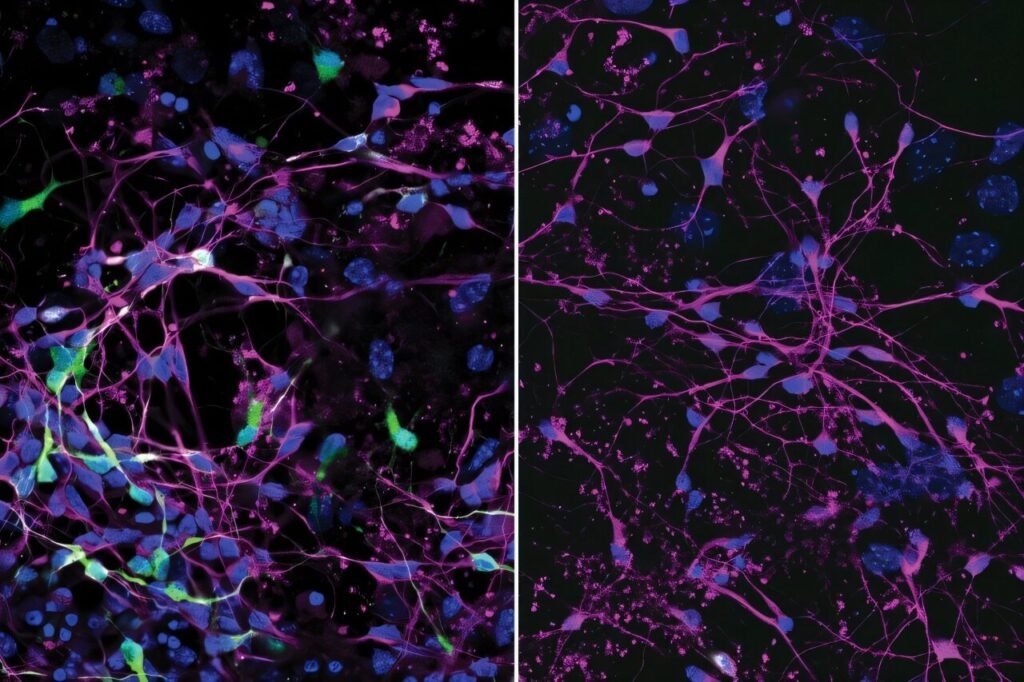Researchers at Washington University School of Medicine in St. Louis have made a groundbreaking discovery in understanding how two deadly viruses invade human cells. Their research has led to the development of decoy molecules that can effectively block the infections caused by yellow fever virus and tick-borne encephalitis viruses.
The findings of these studies, which were published in Nature and PNAS, shed light on the critical entry routes these viruses use to infect cells. By identifying these key pathways, the researchers have opened up new possibilities for developing innovative prevention and treatment strategies for these dangerous viruses.
Yellow fever virus, transmitted by mosquitoes, is a significant public health concern in parts of Africa and South America. While many infected individuals recover from flu-like symptoms, severe cases can lead to liver failure, internal bleeding, and even death. Currently, the only available vaccine for yellow fever contains live virus particles, making it unsuitable for individuals with weakened immune systems.
Tick-borne encephalitis virus poses a different threat, with various subtypes causing inflammation of the brain and spinal cord. This virus is spread by ticks in regions across Europe, Russia, and parts of Asia. An inactivated vaccine is available for one subtype of the virus, primarily recommended for travelers at high risk of exposure to ticks.
The research team used advanced genetic techniques, including CRISPR gene editing technology, to pinpoint a family of cell-surface proteins known as low-density lipoprotein receptors (LDLR) as the primary entry points for these viruses. By focusing on these receptors, the researchers were able to design decoy molecules that mimic the receptors and effectively block viral infections.
The decoy molecules, which contain a piece of an antibody attached to the LDLR receptors, act as a distraction for the viruses, preventing them from binding to the cells and causing infection. In laboratory experiments, these decoy molecules successfully inhibited viral infections in human and mouse cells. Furthermore, they protected immunodeficient mice from lethal doses of yellow fever virus and prevented liver cell damage in mice engrafted with human liver cells.
One of the advantages of this antiviral strategy is that it is based on human proteins, which are less likely to evolve and evade the treatment. This approach offers a promising avenue for developing new vaccines and antiviral therapies that can effectively combat these deadly viruses.
The groundbreaking research conducted by the team at Washington University in St. Louis highlights the potential for disrupting viral entry routes and developing innovative strategies to prevent and treat infections caused by yellow fever and tick-borne encephalitis viruses. This work represents a significant step forward in the ongoing battle against infectious diseases and underscores the importance of continued research in the field of virology.


